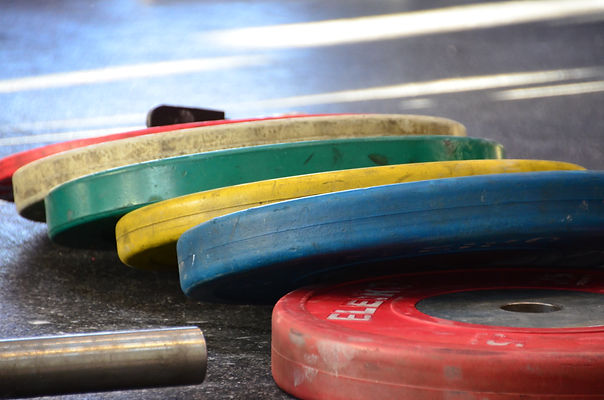I often hear that the squat is the king of exercises. While I believe that exercises are tools and should be used for the right situation, let me just say that I think there are a lot of situations that can benefit from a good ole squat. I constantly find myself reaching into my tool box and pulling out the squat as my exercise of choice. However, when done incorrectly the squat can be dangerous because of the high loads used. So with that in mind here are the top 5 reasons why you don’t squat well.

5) You Have Poor Feet And/Or Footwear
The Problem:
Trying to squat with flat feet and/or shoes with no support is just a recipe for disaster. If your arches drop you will have the majority of your weight on the insides of your soles which will cause your knees to buckle and not optimize your squatting technique. Shoes with no support can cause the feet to collapse in as well and contribute to the same problems. Either of these problems can cause a knock kneed position when squatting.
The Fix:
Purchase shoes that you feel stable in. Good choices are weightlifting shoes, or Chuck Taylors. Secondly focus on driving from the outsides of the feet and driving the knees outwards throughout the squatting movement.
4) You Have Bad Posture
The Problem:
Desk Jockeys and Video Game Champions’ are spending the majority of their time hunched over like Quasimodo. Unfortunately this is not an advantageous position to squatting deep and heavy. In fact if you lack the Thoracic spinal mobility to maintain an upright (arched) position during the squatting movement you are putting extreme stress on your vertebrae and increasing your chance of injury.
The Fix:
Spend some time in extension! One great way to accomplish this is with a foam roller. Begin with the foam roller about ¼ of the way up your spine and with your knees bent and your feet and butt flat on the ground lean back on the foam roller and push yourself into extension. Try different positions on your mid – upper back and listen for the snap crackle … well you know the rest.
3) You Don’t Brace Your Core Well
The Problem:
Poor core control leads to a bent over squatting position. If you are unable to create stiffness around your spinal column, than you will not have the pre-requisite stability to perform a deep squat. Being able to utilize your bracing musculature is crucial in progressing to heavy weights.
The Fix:
Begin by adding in some supine leg raises with bent knees. With your back pressed into the ground and butt and feet flat on the ground knees bent, begin to lift your knees towards your chest. Perform 20 repetitions in a slow controlled manner, once this becomes ridiculously easy straighten your legs and start again. The key component here is to try to squeeze your stomach as if Mike Tyson is about to punch you right in the belly button. The tighter you can hold this position the better you are “bracing” for impact.
2) Your Ankle Has No Range Of Motion
The Problem:
When the ankles get jammed up everything else suffers. In fact loss of dorsiflexion range (being able to pull your toes towards your knee cap) can impact your squat significantly. Both ankles should have equal range if one is jammed up the whole system is off.
The Fix:
Ankle rocking mobility drills against the wall. Begin with your foot 2-4inches away from the wall and in a slow controlled manner drive your knee back and forth towards the wall. The key here is to keep the foot flat and push the knee past the toes. Use the wall as a marker to find the end range, each foot should be able to touch the wall from the same distance.
1) Your Coach Doesn’t Coach You
The Problem:
You may not have a strength coach, or your strength coach may be terrible. Either way having someone that is able to diagnose your squatting technique to provide the proper feedback is essential in maximizing your training. What’s more is that the more advanced you become as an athlete the more essential having a qualified coach becomes. It amazes me how many coaches I see that will continue to allow their clients to add more weight when their movements are not safe.
The Fix:
Ensure that you have someone qualified to watch every rep. They should meticulously be tearing apart your technique watching for your foot-knee-ankle-torso complex to ensure that technique is optimal. Not everyone should squat the same, but they should look safe and comfortable when they do squat. Time should also be taken to ensure that full squats (those in which hamstring covers calves) are performed. These allow optimal progression of all tissues throughout the entire system.
Summary
In Summary, there are many factors that can affect your ability to perform a full squat with great competency. Having a qualified coach take a look at your technique will always be your best option when looking to maximize your squatting technique and load. However if this is out of the question some of the above tricks may be just what the DR ordered to get you back on track and lifting heavy. Take a look in the mirror next time you are squatting and ask is my technique the best it could be? If not you may want to chase a larger worthwhile change and get your technique to optimal.
Photo Credit
Photo Credit via Photo Pin CC


Comments